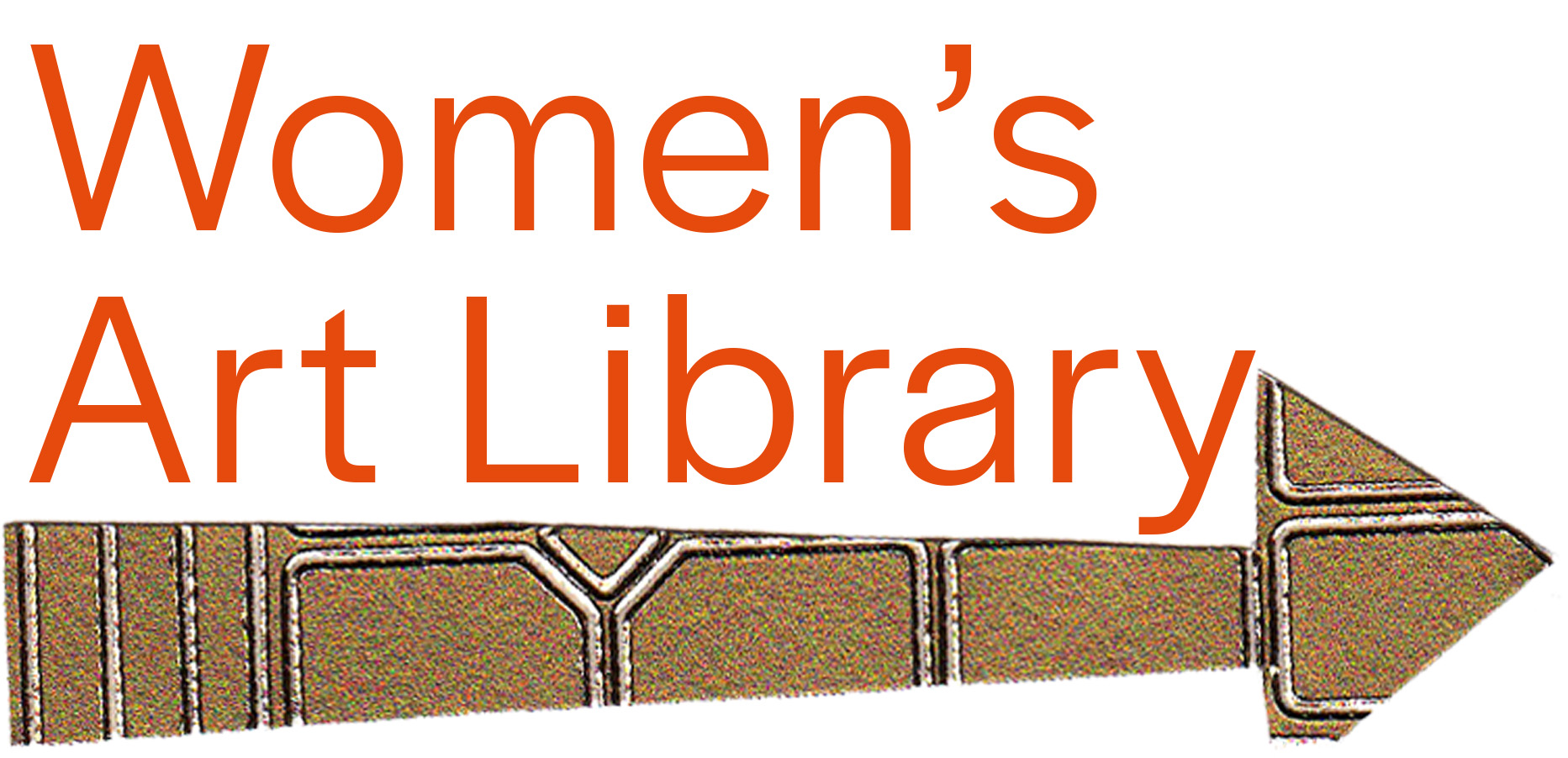This is for Christine Cadin
In 2010 I attended a Museum at Night event at the Government Art Collection (GAC) and left with a free catalogue. The Acknowledgements section contained a list of ‘Untraced Artists or Estates’ and stated that a number of artists’ works were being reproduced without permission owing to the copyright holder no longer being known to the organisation. Romantically I rewrote this in my head as ‘missing artists’ and began to pursue a project in which I would track one down and save the day. Attempts were made by a curator to dissuade me from this approach, being concerned that the collection might seem at fault for having mislaid some of its assets; the risk of tabloid headlines was invoked. Promising to tread carefully I continued my search, and narrowed down my choice, through the use of venn diagrams and some necessary pragmatism, to one particular artist, Barbara A. Brine. Her watercolour Cyprus Green Sea was purchased from the London Group exhibition, December 1973 and as a copyrighted work for which the copyright owner cannot be contacted is now categorised as an orphan work.
In 2014 I was invited to respond to the National Irish Visual Arts Library (NIVAL) archive for Unfolding the Archive. The resulting pamphlet, I’m Looking for Barbara, outlines the creation of the Barbara Collector, a recorder of female artists active between 1972–1975, the dates during which the original Barbara (A. Brine)was known to have made work. The collector proposes a series of actions the library must take in order to increase their inclusion of overlooked women artists. The accompanying video charts the search and includes my realisation that if I had found the original Barbara of the GAC then she would not be the right Barbara for me; my Barbara is always the one who is missing.
In 2017 I co-hosted Mining the Gap with Althea Greenan, Curator of the Women’s Art Library, Special Collections, Goldsmiths (WAL), and Michèle Fuirer, Curator, Tate Public Programmes. The event invited women artists and practitioners to share their experience of collective working and artist networks and create a timeline mapping overlooked, hidden or marginalised relationships. This can be viewed on request at the Women’s Art Library along with I’m Not Looking for Mrs Barbara, a multiple created for the event that mapped the Tate Britain collection through its female artists’ Wikipedia entries.
In 2018 I was invited, along with the Women’s Art Library, to devise a Studio Activity for The Photographer’s Gallery. We Make Art History asked visitors to name an artist or photographer they felt had been overlooked and consider the factors that lead to this. The contributions ranged from self promotion to serious questioning of the systems which hinder the reach of a career. A spreadsheet, repurposed as wallpaper, revisits the role of the collector. Her initial decisions regarding which contributions to include reveal that she is more likely to instinctively give a platform to those who already take up space. Similarly, in the course of my research at the GAC I discovered that many academics and their publishers will not risk reproducing an image without copyright permission and therefore choose already well documented, more accessible artists to write about. As a Collections Officer said, when discussing which artworks were chosen for display, ‘The unknown are rarely requested’. This new work is for Christine Cadin, a photographer who came perilously close to not being included for lack of information. She can be found towards the bottom row.
Sarah Carne 2019


